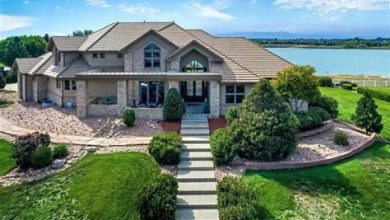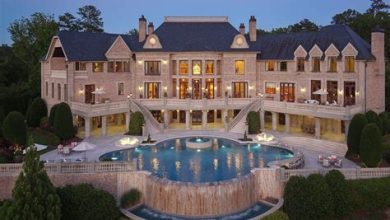When it comes to finding a unique and unconventional living space, an underground house surely tops the list. These extraordinary homes, built beneath the surface, are not only environmentally friendly but also offer a host of benefits that traditional houses cannot match. In recent years, the demand for underground houses has been steadily rising, with homeowners and architecture enthusiasts alike recognizing their potential. This article explores the appeal of underground houses, their advantages, and why they are becoming a sought-after option in the real estate market.
The Growing Popularity of Underground Houses
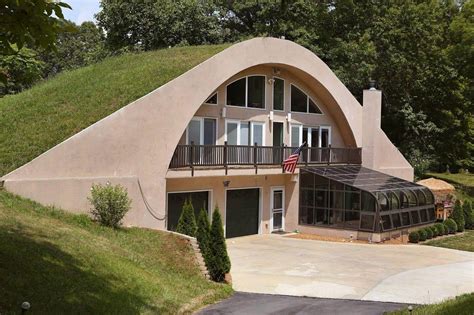
Underground houses are no longer a niche concept; they have captured the attention of house hunters, designers, and sustainability advocates worldwide. One reason for this surge in popularity is the increasing awareness about environmental impact. Underground homes are energy-efficient and have a smaller carbon footprint compared to traditional houses. Their thermal mass design provides natural insulation, reducing the reliance on heating and cooling systems. Consequently, underground homes contribute significantly to energy conservation.
Moreover, underground houses offer a unique living experience, taking residents away from the hustle and bustle of urban life. These homes provide peaceful and tranquil environments, shielded from noise pollution and surrounded by nature. With modern architectural advancements, underground houses no longer feel dark or cramped; they often feature modern amenities and innovative design elements that maximize natural light and create open living spaces.
The Advantages of Living Underground
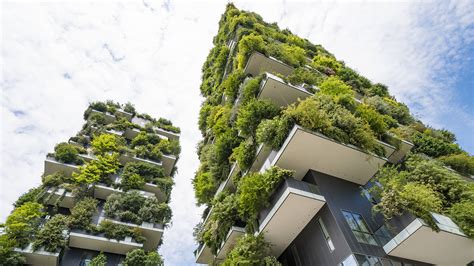
Living in an underground house presents numerous benefits that go beyond environmental considerations. Some of the main advantages include:
- Protection against extreme weather conditions: Underground homes are well-insulated, making them more resilient to extreme temperatures and storms.
- Inherent security: Underground houses offer a higher level of privacy and security, as their concealed locations make them less susceptible to break-ins.
- Noisy neighbors: With the added soundproofing benefits, underground houses provide a quiet and peaceful living environment.
- Lower maintenance costs: Due to their excellent insulation and minimal exposure to the elements, underground houses generally require less maintenance than traditional houses.
- Lower energy costs: The natural insulation of underground houses reduces the need for excessive heating or cooling, leading to lower utility bills.
Case Studies: Showcasing the Allure of Underground Houses
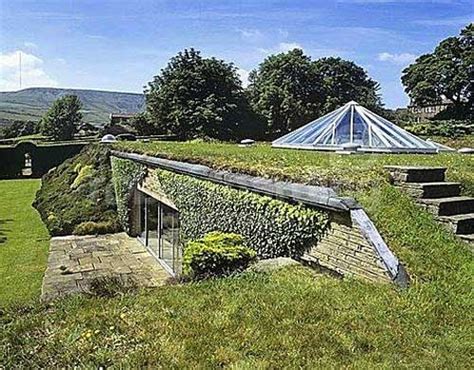
To better understand the appeal of underground houses, let’s delve into a couple of intriguing case studies:
Case Study 1: Earth House
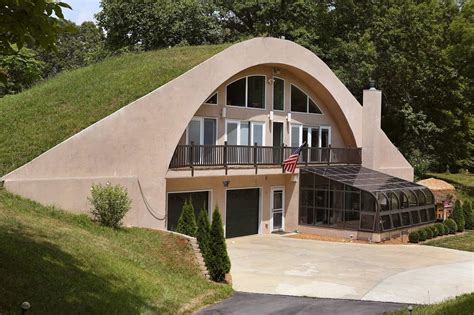
Located in Switzerland, the “Earth House” is a stunning example of an underground dwelling. This architectural marvel boasts sustainable features such as a green roof and geothermal heating. Its large windows and open design offer breathtaking views of the surrounding landscape. The Earth House proves that living underground does not mean sacrificing style or luxury.
Case Study 2: Coober Pedy Underground Homes
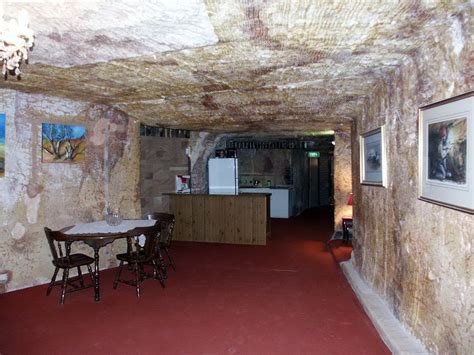
Coober Pedy, an Australian mining town, is renowned for its underground dwellings. Due to the extreme desert climate, many residents choose to live underground to escape the scorching temperatures. These homes, known as “dugouts,” are carved into the hillsides, offering cool and comfortable living spaces. Coober Pedy serves as a testament to the adaptability and practicality of underground housing.
Investing in an Underground Home
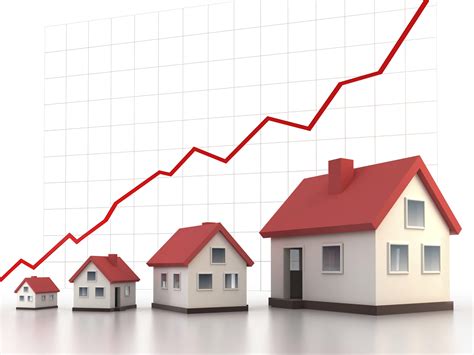
With the increasing desirability of underground houses, investing in such properties can be a wise decision. However, as with any investment, thorough research is crucial. Consider the following factors when buying an underground house:
- Location: Choose a location that aligns with your lifestyle preferences and ensure that the soil conditions are suitable for underground construction.
- Expert advice: Consult with architects and engineers specialized in underground construction to assess the structural integrity and potential risks.
- Permitting and regulations: Understand the local building codes and regulations regarding underground houses.
- Cost considerations: While underground homes have long-term cost savings, initial construction costs may be higher due to soil excavation and additional design requirements.
- Sustainability features: Look for energy-efficient systems, natural ventilation, and renewable energy sources to enhance the sustainability of the home.
Conclusion
As the world becomes more environmentally conscious and individuals seek alternatives to conventional living spaces, underground houses have emerged as a compelling solution. Their unique architectural designs, energy efficiency, and numerous benefits make them an enticing choice for those looking for a distinctive living experience. The case studies showcased the allure and versatility of underground houses, while the investment considerations highlighted the importance of careful research and expert advice. With their rising popularity and potential for long-term sustainability, underground houses offer a hidden gem in the real estate market.
Q&A
Are underground houses more expensive?
While the initial construction costs of underground houses may be higher due to excavation and specialized design requirements, they often offer long-term cost savings. The excellent insulation and natural heating and cooling properties reduce energy consumption, resulting in lower utility bills over time.
Can underground houses be built anywhere?
While underground houses can technically be built anywhere, it is essential to consider the soil conditions and suitability of the location. Certain areas with unstable soil or high water tables may not be suitable for underground construction. Consulting with experts in underground architecture and conducting thorough site assessments is crucial in determining the feasibility of building an underground home in a specific location.
Do underground houses receive enough natural light?
Modern underground house designs prioritize maximizing natural light through strategic positioning of windows, skylights, and light wells. Innovative architectural techniques and reflective surfaces help direct sunlight into the living spaces, creating a bright and inviting atmosphere. Additionally, advancements in lighting technology allow for efficient artificial lighting options when natural light is limited.
Embed Image Code
All embedded images are for illustrative purposes only.


